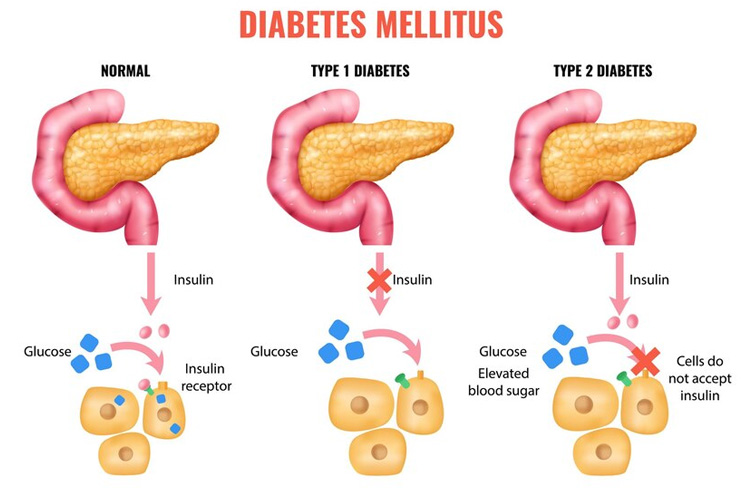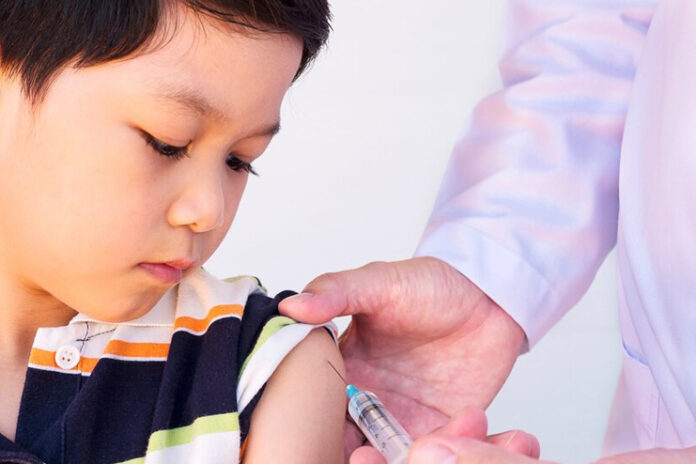Affiliate Disclaimer
Some links in this article are affiliate links. We may earn a small commission if you make a purchase through these links, at no extra cost to you. We only recommend products we find useful to our readersGlucose absorption is essential as it provides energy to the body via glucose taken from food into the bloodstream. For individuals diagnosed with diabetes, the body’s ability to absorb and regulate glucose is impaired, leading to fluctuations in blood sugar levels.
Understanding how glucose absorption differs between children and adults diagnosed with diabetes can significantly enhance diabetes management. Changes in glucose uptake may also differ across age groups.
For example, children’s metabolic rates and growth-related changes are much faster, while adults’ metabolism is slower. This article explains how glucose absorption varies between adults and children and its implications on diabetes management.
The Basics of Glucose Absorption

When we eat a meal, our digestive system breaks down carbohydrates in the food into glucose. It then enters our bloodstream and raises blood glucose levels. This increase in blood glucose levels signals the pancreas to release insulin, which acts like a key to unlock the cells’ ability to absorb glucose.
When cells absorb glucose, they either use it immediately for energy or store it for future use.
When cells, especially those in muscles, fat, and the liver, are highly sensitive to insulin, they use it efficiently to absorb glucose, helping to maintain balanced blood sugar levels.
In diabetics, insulin production is impaired (type 1), or insulin is produced but not utilized effectively (type 2). In both cases, this leads to an inability to absorb glucose into cells, leading to an increase in glucose in the bloodstream.
For a more detailed understanding, read the basics of glucose absorption and the science of insulin sensitivity.
Glucose Absorption in Children Vs. Adults

Glucose absorption in children occurs the same way as it does for adults, but there are certain differences due to body growth and insulin requirements. Here is a comparison of glucose absorption in children and adults:
Metabolism
- Children: Their metabolism is faster, which leads to quicker glucose absorption. This leads to unpredictable blood sugar levels.
- Adults: Metabolism slows down with age, resulting in slower glucose absorption and more gradual changes in blood sugar.
Insulin Sensitivity
- Children: They are more insulin-sensitive, but their rapid growth spurts and puberty make glucose management more challenging.
- Adults: They often suffer from insulin resistance, especially in the case of Type 2 diabetes, making glucose absorption less efficient.
Activity Level
- Children: Physical activity impacts glucose levels, requiring frequent adjustments in insulin and diet. Children are generally more physically active compared to adults.
- Adults: Exercise helps regulate glucose, but the response is slower and less dramatic than in children.
Hormonal Changes
- Children: Growth and puberty hormones affect insulin production and glucose absorption, leading to fluctuations in blood sugar levels.
- Adults: Hormonal changes like menopause in women or lower testosterone in men affect insulin sensitivity but are more predictable over time.
The Role of Continuous Glucose Monitoring (CGM)
Continuous Glucose Monitoring (CGM) plays a crucial role in managing glucose levels for both children and adults with diabetes. Here’s how CGM impacts glucose management:
Real-Time Glucose Tracking
- Children: CGM provides continuous real-time monitoring of glucose. Hence, changes in insulin doses and dietary intake adjustments can be made immediately. Real-time feedback will help parents and caregivers avoid hypoglycemia or hyperglycemia on time.
- Adults: CGM offers valuable information on glucose patterns throughout the day and night, helping adults recognize trends and make more informed decisions about insulin use, meal planning, and physical activity.
Improved Glycemic Control
- Children: CGM helps reduce the frequency of extreme fluctuations of blood glucose levels, thus improving glycemic control. It enhances glucose management, especially during periods of growth and hormonal changes that are difficult to manage with traditional finger-stick tests alone.
- Adults: For adults, CGM helps fine-tune diabetes management, potentially reducing the risk of complications associated with chronic high and low blood glucose levels.
Alerts and Notifications
- Children: The CGM system has programmed alarms for high and low glucose levels. This allows a caregiver to respond promptly to dangerous fluctuations of glucose levels in children who cannot recognize or express disturbances in glucose balance.
- Adults: Alert and notification functions are helpful for those with busy lifestyles or those who don’t notice slight variations in glucose levels. These alerts will help manage glucose levels proactively and thereby minimize complications of diabetes.
Enhanced Data for Personalized Care
- Children: CGM provides much more personalized information on how glucose levels behave for a child’s specific needs. This personalized information helps adjust the treatment plan to optimize glucose control and target challenges unique to managing diabetes during childhood.
- Adults: CGM can provide helpful data for adults, showing how different factors like stress, sleep patterns, and dietary habits affect glucose levels. Data collected through this method can then be used to make changes to plans, treatments, and lifestyle habits.
Increased Engagement and Empowerment
- Children: CGM can provide visual feedback on their glucose levels and encourage involvement in diabetes management for older children and teenagers. This increased awareness can help with better self-management skills and provide a greater sense of control.
- Adults: Adults benefit from the empowerment that comes with detailed glucose data. This helps them in making informed decisions about their health and diabetes management. This will lead to improved adherence to treatment plans and better diabetes control.
Conclusion
Glucose absorption differs in a diabetic child compared to an adult, so understanding proper management strategies is crucial. Children absorb glucose differently because of their faster metabolism and varying hormones. However, adults suffer from challenges like aging and lifestyle factors.
Continuous Glucose Monitoring is an integral tool in managing diabetes among both children and adults by providing instant insights regarding glucose levels and improving glycemic control and overall diabetes care.
In this Article


















